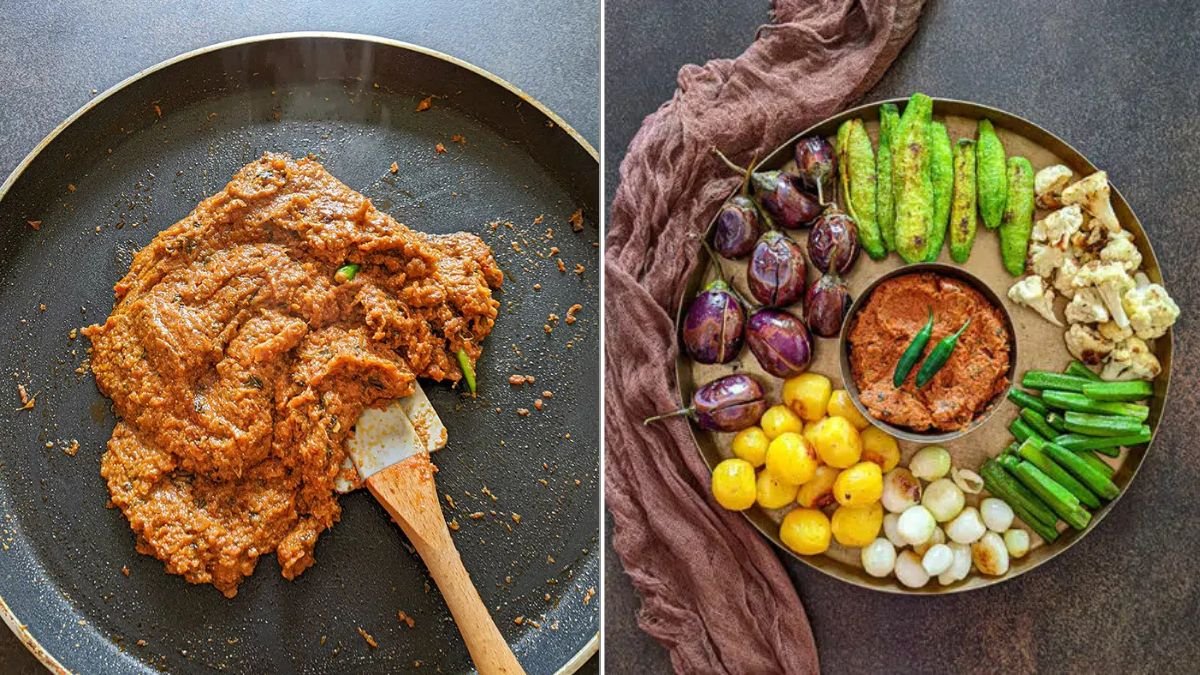Few dishes capture the vibrant flavors of Indian street food quite like Tawa Vegetables. Cooked on a sizzling flat griddle with aromatic spices, colorful vegetables, and a touch of tangy masala, this dish is a feast for both the eyes and the taste buds. Whether you enjoy it as a main course with roti and naan or as a flavorful side with rice or pulao, tawa vegetables deliver that irresistible restaurant-style taste right in your kitchen.
This 6-step guide will help you cook tawa vegetables perfectly every time—crisp yet tender, spicy yet balanced, and packed with authentic Indian flavor.
Step 1: Choose the Right Vegetables
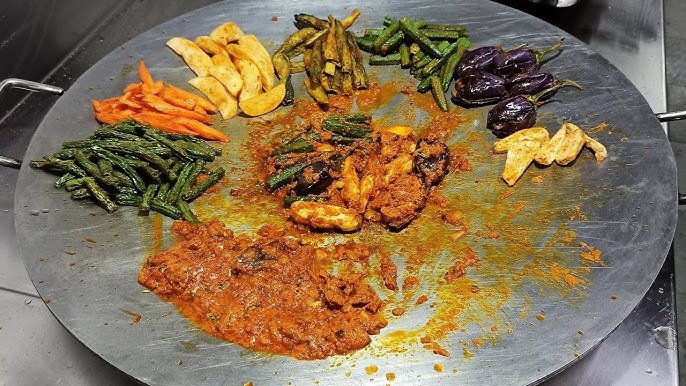
The beauty of tawa vegetables lies in the mix of textures, colors, and flavors. The right combination of veggies ensures the dish is both visually appealing and flavorful.
Here are some excellent choices for your tawa mix:
- Bell peppers (capsicum): Add sweetness and crunch. Use a mix of red, green, and yellow for color.
- Cauliflower florets: Soak up the masala beautifully.
- Potatoes: Provide heartiness; pre-boil slightly for even cooking.
- Carrots: Add subtle sweetness and color.
- French beans: Bring freshness and bite.
- Paneer cubes or tofu (optional): For extra protein and texture.
- Tomatoes: Add tang and moisture to the masala.
- Onions: Essential for flavor and balance.
Tip: Cut all vegetables into similar-sized pieces (about 1-inch chunks) to ensure even cooking. Avoid overloading your pan—crowding the tawa will make the vegetables steam instead of sear.
Step 2: Par-Cook the Hard Vegetables
Some vegetables, like potatoes, cauliflower, and carrots, take longer to cook than others. Parboiling them helps ensure that all vegetables finish cooking together without overcooking the softer ones.
Here’s how:
- Boil water in a pan and add a pinch of salt.
- Drop in chopped potatoes, carrots, and cauliflower.
- Boil for 3–4 minutes, just until they begin to soften.
- Drain immediately and spread on a plate to cool.
This step not only speeds up the tawa cooking process but also prevents the veggies from becoming soggy later.
Pro tip: Avoid overboiling; the vegetables should still hold their shape.
Step 3: Prepare the Flavorful Tawa Masala Base
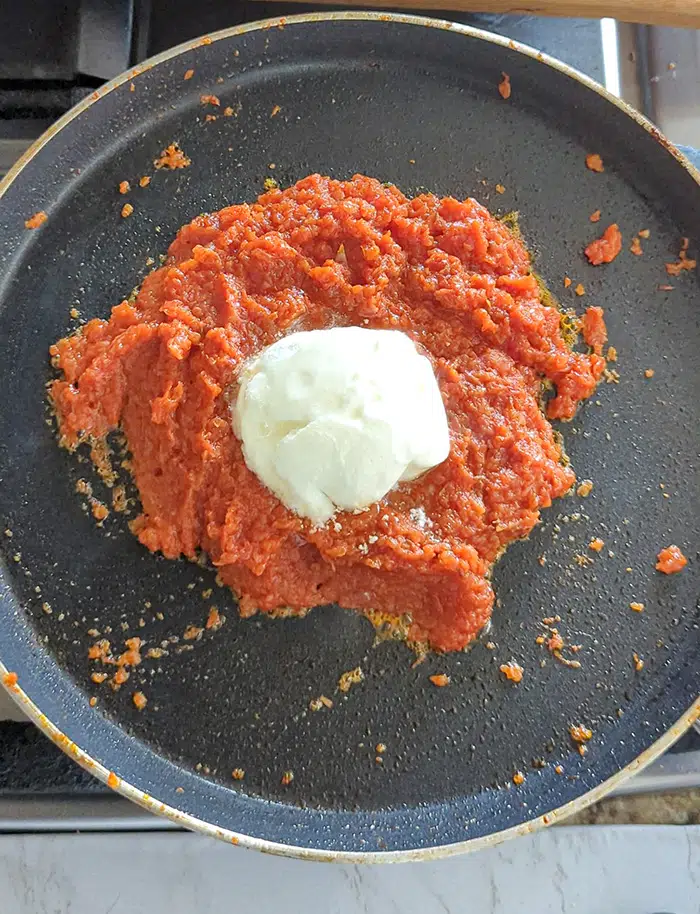
The masala is the heart of tawa vegetables—it’s what gives the dish its irresistible smoky, tangy, and spicy flavor.
You’ll need:
- 2 medium onions (finely chopped)
- 2 medium tomatoes (finely chopped)
- 1 tablespoon ginger-garlic paste
- 2 tablespoons oil or ghee
- 1 teaspoon cumin seeds
- 1 tablespoon coriander powder
- 1 teaspoon red chili powder
- ½ teaspoon turmeric
- 1 teaspoon garam masala
- 1 teaspoon amchur (dry mango powder) or lemon juice
- Salt to taste
- Optional: 1 teaspoon pav bhaji masala for a street-style twist
Steps:
- Heat oil on a flat tawa or wide pan. Add cumin seeds and let them splutter.
- Add chopped onions and sauté until golden brown.
- Stir in the ginger-garlic paste and cook until fragrant.
- Add tomatoes and cook until soft and the mixture leaves oil from the sides.
- Add all dry spices and mix well, adding 1–2 tablespoons of water to prevent burning.
The masala should be thick, rich, and aromatic. This will coat the vegetables beautifully later on.
Step 4: Add and Toss the Vegetables
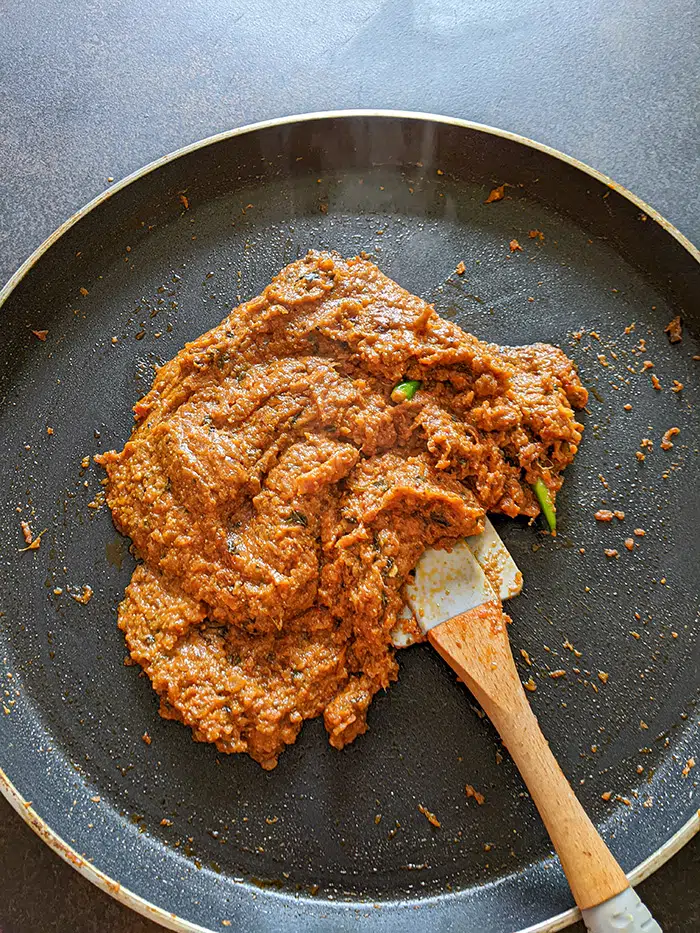
Now comes the fun part—bringing the masala and vegetables together on the tawa.
- Add the parboiled vegetables first and toss them gently into the masala.
- Next, add the quicker-cooking vegetables like bell peppers, onions, and tomatoes.
- Mix everything well to coat all the pieces evenly with the masala.
- Cook uncovered on medium-high heat, stirring occasionally to ensure even cooking and slight charring.
Pro tip: The secret to authentic tawa flavor is high heat and minimal stirring. Let the veggies sear for a few seconds before tossing—this gives them that signature smoky aroma and crisp texture.
Step 5: Add Finishing Touches for Maximum Flavor
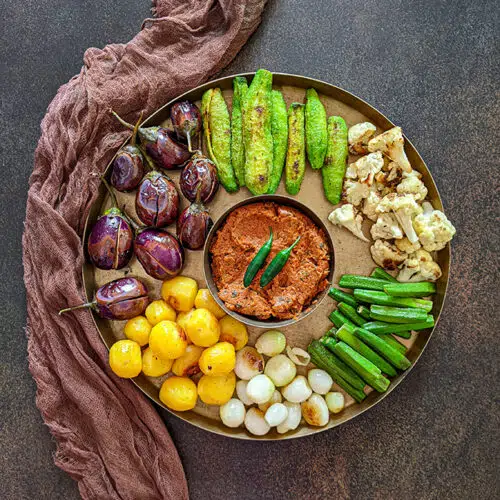
Once the vegetables are cooked through yet still slightly crisp, it’s time to add the final touches that take this dish from good to great.
- Adjust salt and spice levels according to your taste.
- Add kasuri methi (dried fenugreek leaves): Crush a teaspoon between your palms and sprinkle over the veggies for that signature restaurant-style flavor.
- Add lemon juice or amchur powder: A dash of acidity brightens the dish and balances the spice.
- Add fresh coriander leaves: For freshness and aroma.
Optional additions:
- A dollop of butter for a richer, street-style taste.
- A sprinkle of chaat masala for tang and punch.
Stir gently to combine all these elements without breaking the vegetables.
Step 6: Serve Hot and Enjoy
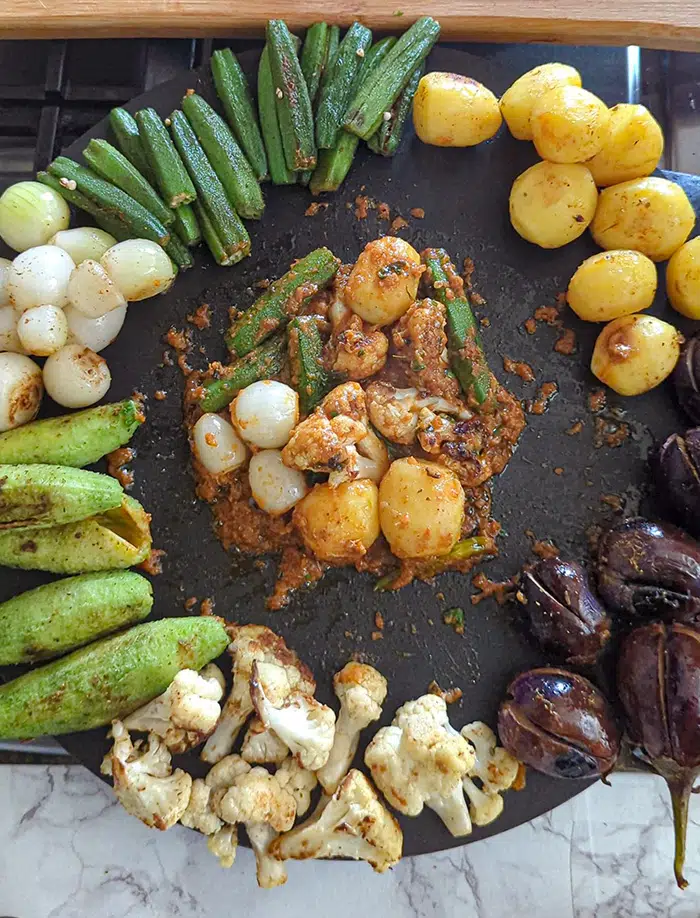
Tawa vegetables taste best when served hot straight from the griddle. The combination of tender, slightly charred vegetables and bold masala flavors is simply unbeatable.
Serving suggestions:
- Serve with roti, paratha, or naan for a traditional Indian meal.
- Pair with jeera rice or plain basmati rice for a hearty lunch.
- Use it as a stuffing for wraps or kathi rolls for a fusion twist.
- Serve as a side dish with dal and rice for a complete, wholesome meal.
Presentation tip: Garnish with thin onion rings, a sprinkle of coriander, and a wedge of lemon. The vibrant colors and aroma will make it irresistible.
Bonus Tips for Perfect Tawa Vegetables
- Use a heavy tawa or flat iron pan for authentic flavor and even cooking. Non-stick pans don’t give the same charred texture.
- Don’t overcrowd the tawa. Cook in batches if needed—overcrowding leads to steaming instead of roasting.
- Keep the heat medium-high. This helps in caramelizing the masala and giving the veggies a smoky flavor.
- Experiment with flavors: Add mushrooms, baby corn, or broccoli for a twist.
- For oil-free cooking: Use minimal water to sauté and cover the pan briefly to soften the veggies without oil.
Health Benefits of Tawa Vegetables
Tawa vegetables aren’t just delicious—they’re also incredibly nutritious:
- Packed with vitamins A, C, and K from colorful vegetables.
- High in fiber, which supports digestion and satiety.
- Low in oil and calories if cooked carefully.
- Rich in antioxidants that help reduce inflammation.
This makes the dish a perfect addition to a balanced, vegetarian, and wholesome diet.
Common Mistakes to Avoid
- Overcooking the vegetables: They should be cooked yet firm, not mushy.
- Skipping parboiling: Leads to uneven texture, especially for hard veggies like potatoes.
- Using too much water: It makes the masala runny and prevents searing.
- Adding all vegetables at once: Softer veggies will turn mushy while harder ones remain raw.
Avoiding these mistakes ensures your tawa vegetables come out flavorful, balanced, and perfectly cooked every time.
Conclusion: The Joy of Cooking on a Tawa
Cooking tawa vegetables is more than just a recipe—it’s a celebration of color, texture, and spice. Each ingredient plays its part, coming together in harmony on that hot, sizzling surface. Whether you’re serving it at a family lunch or preparing a quick weekday dinner, this dish always brings smiles and satisfaction.
With this 6-step guide, you can master the art of cooking tawa vegetables perfectly—crisp on the outside, tender inside, and bursting with authentic Indian flavors.
So heat up your tawa, gather your veggies, and let your kitchen fill with the irresistible aroma of home-cooked goodness. One bite, and you’ll know why this dish remains a timeless favorite in Indian homes and street stalls alike.
